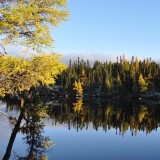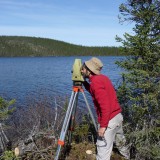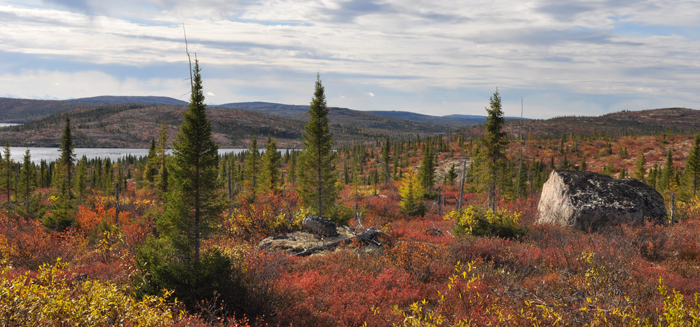
The tree ring and historical ecology lab at the Université du Québec à Rimouski (UQAR) studies the effects of climate change and anthropogenic (settlement, logging) and natural (fire, insect outbreaks) disturbances on ecosystem and landscape dynamics. We work in the north of the temperate and boreal zones, mainly in the North American taiga. Our main approaches are dendrochronology (the study of tree rings to reconstruct climates and ecosystems of the past) and the analysis of historical records, mainly the early land survey records of eastern Canada. Our results help understand and manage forest landscapes and northern territories.
Millennial tree rings:
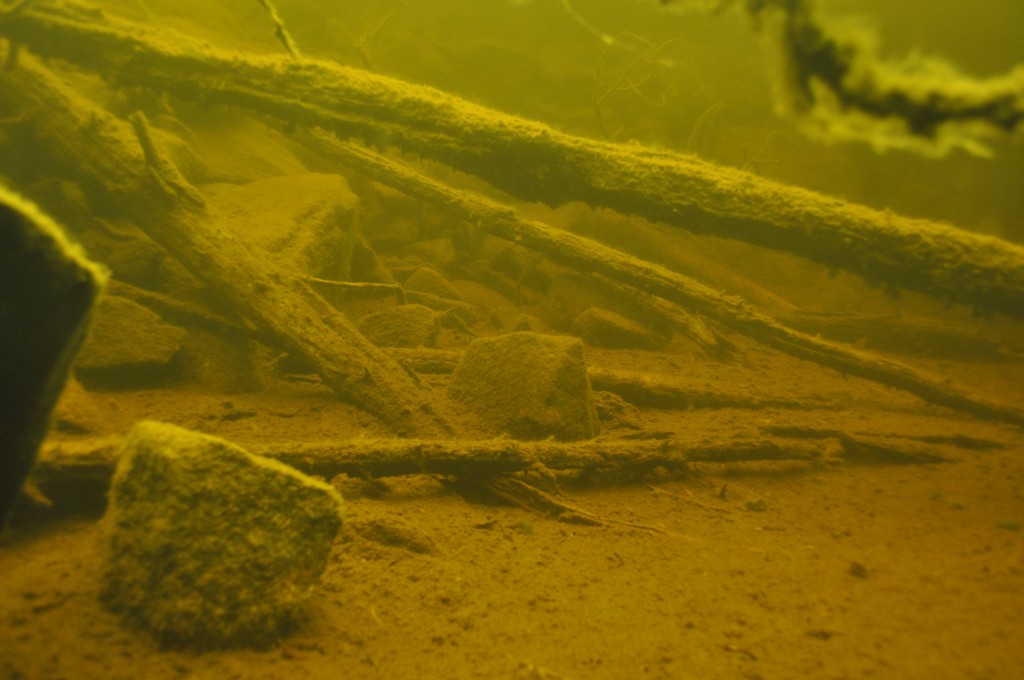 The laboratory is developing a network of long tree-ring chronologies across the boreal forest using tree trunks preserved at the bottom of lakes for centuries or millennia. We use characteristics of annual growth rings of trees (ring width, wood density, carbon and oxygen isotopes) in order to reconstruct ancient environments and past climates.
The laboratory is developing a network of long tree-ring chronologies across the boreal forest using tree trunks preserved at the bottom of lakes for centuries or millennia. We use characteristics of annual growth rings of trees (ring width, wood density, carbon and oxygen isotopes) in order to reconstruct ancient environments and past climates.
Land survey archives
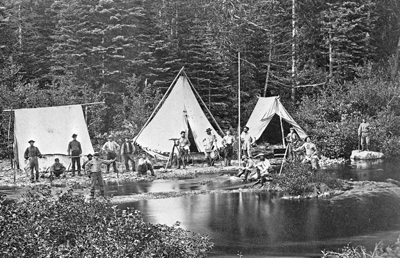 Our team compiles and analyzes hundreds of thousands of observations on forest composition made during the eighteenth and nineteenth centuries in the temperate zone of Quebec. The first surveyors madated to divide the territory systematically recorded in their notebooks their observations on forest composition. Today these observations can be located precisely, in order to see how the forest composition varied between regions before the rise of industrial forestry.
Our team compiles and analyzes hundreds of thousands of observations on forest composition made during the eighteenth and nineteenth centuries in the temperate zone of Quebec. The first surveyors madated to divide the territory systematically recorded in their notebooks their observations on forest composition. Today these observations can be located precisely, in order to see how the forest composition varied between regions before the rise of industrial forestry.
Taiga wildfires:
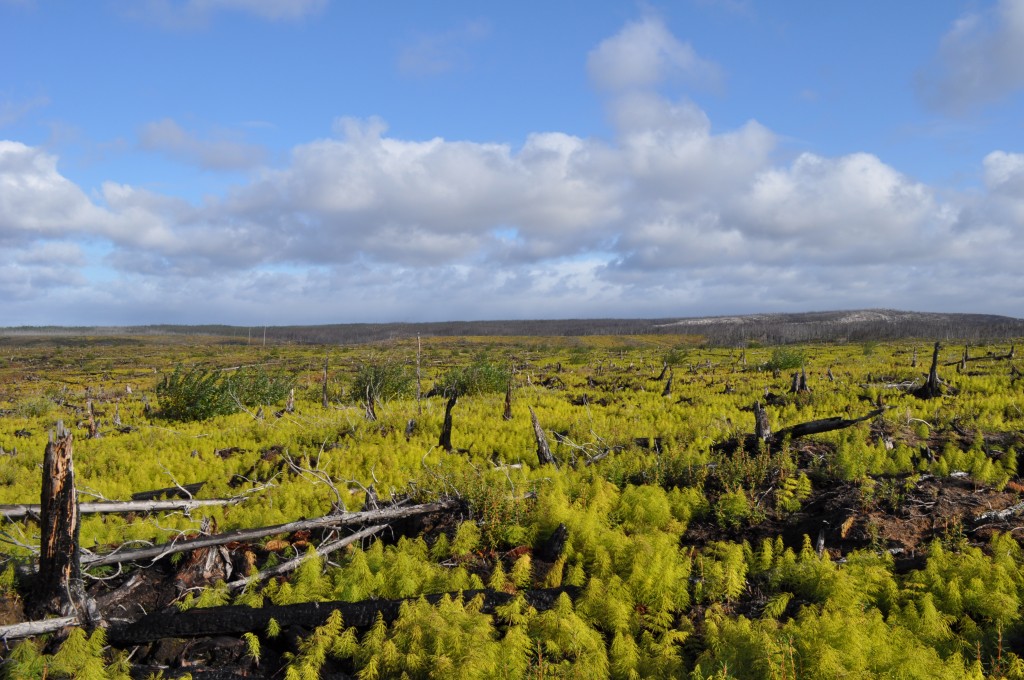 We study forest fires in the taiga of Eastern Canada, a region of high fire activity. Detailed field works allow us to describe how the size and frequency of fires vary over time across the territory. We establish a long-term monitoring network to document the ecological consequences of fires. We study the vulnerability of infrastructures to fire.
We study forest fires in the taiga of Eastern Canada, a region of high fire activity. Detailed field works allow us to describe how the size and frequency of fires vary over time across the territory. We establish a long-term monitoring network to document the ecological consequences of fires. We study the vulnerability of infrastructures to fire.

